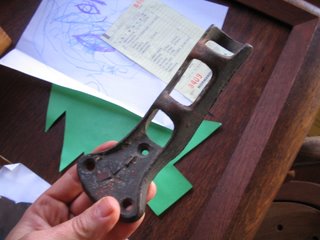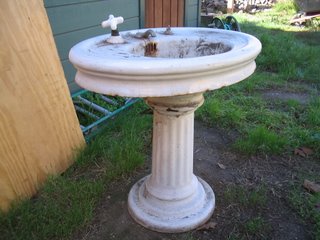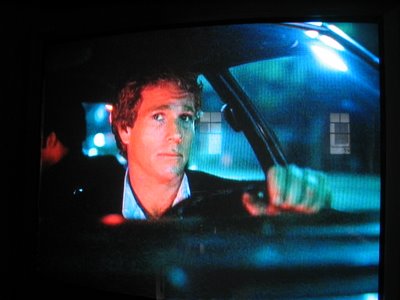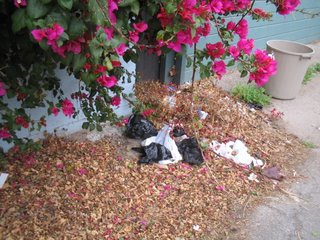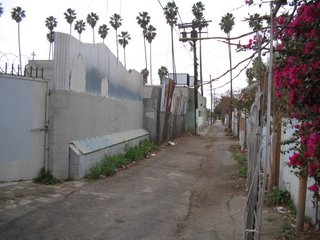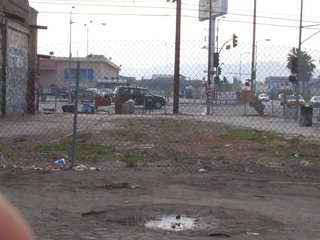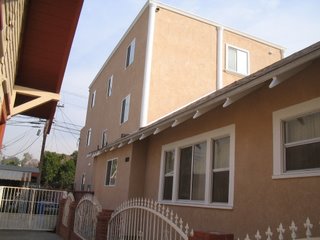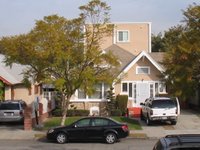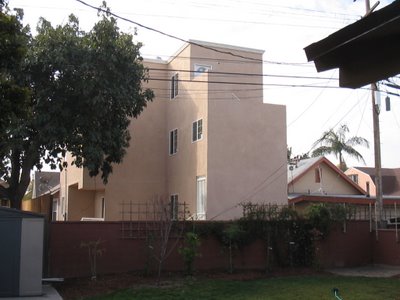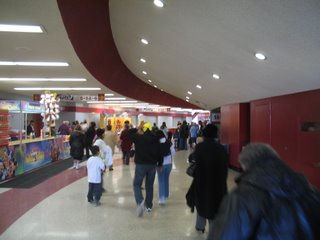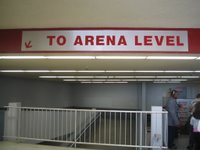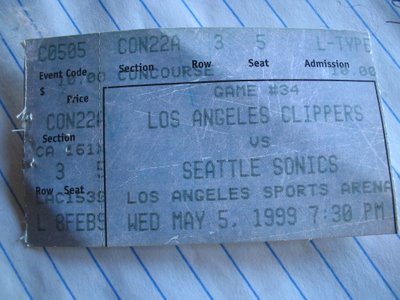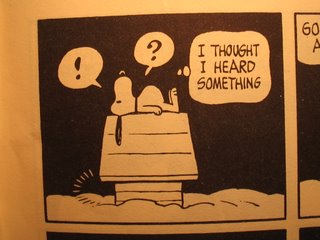
Is it safe?
Is there crime in that grand swath of basin neighborhoods ("South Mid City"), in, around, and south of Historic West Adams, from Figueroa to LaBrea, Olympic to Slauson?
My response, with less and less hesitancy is, "very little, particularly relative to the past two decades, and to other big cities".
For starters, Los Angeles on a whole has gotten safer: on a per capita basis, type 1 crimes (which includes all violent crimes, burglary, and auto theft) is at its lowest point since the early 1950's. The FBI in their last Uniform Crime Report (UCR), ranked Los Angeles second safest (to New York) amongst the 10 largest cities in the country. According to Morgan Quinto, who publish state and city crime rankings each year, the 10 most dangerous cities with over 500,000 people in 2006 were: Detroit, Baltimore, Memphis, Houston, D.C., Philadelphia, Dallas, Nashville, Charlotte, Columbus, and Houston. Not only was Los Angeles absent from that ignominious roll but it also placed better than even smaller cities like Cincinnati, St. Louis, Atlanta, Kansas City, Birmingham, Richmond (VA), and Orlando.
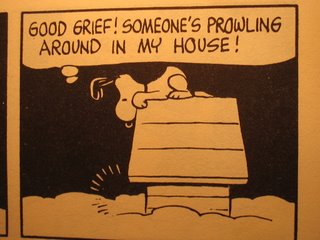
While the police force takes credit, research professionals muse, and other critics cite stochastic hocus-pocus, the rankings continue to impress.
The Central Division which includes downtown (and the near nihilism of skid row) reported the lowest incident numbers since 1944, despite (or perhaps because of) a vertible population boom in the South Park area near the Staples Center.
Property crime dropped 9% last year in Los Angeles, and is now less than that of Sydney, Australia.
Homicide numbers have declined precipitously.In 1992, LA's most violent year, the city recorded 1,083 homicides. Ten years later (2002) 647 persons were murdered--436 fewer. Last year, 436 persons were murdered (a further decline of 211 in five years). An unvarying reduction that seems to undermine all those haggard notions of urban hopelessness and inescapability.
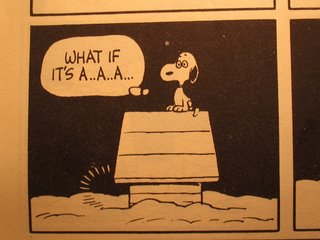
Even former Fort Apache outposts like the Southwest precinct, 77th Street, and Harbor are posting statistics that mark a huge decline in violent crime. The Southwest precinct, which encompasses everything from University Park to Baldwin Hills, over 13 square miles and 165,00 residents including Baldwin Village and the notorious "Jungle", reported a mere 3 homicides in January (even with unusually dry, warm weather).
Some number of homicides too are not street crimes, but the tragic outcome of a destructive domestic dynamic. Still lamentable, but at least typically without the potential for collateral circumstance and broader violence. (The Bureau of Justice Statistics claim that 1,700 murders a year nationwide are the result of domestic violence.) This raises a further question, what number of murder victims are "unintended victims"?

To Be Continued...
Labels: Safety Dance
